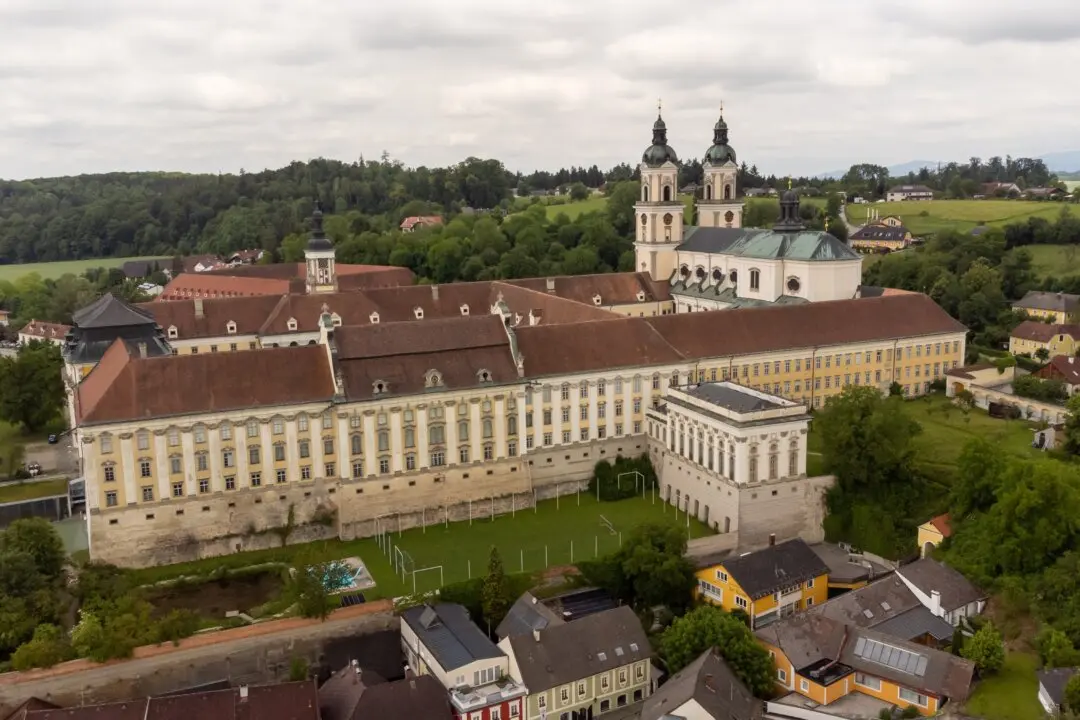Writer Henry David Thoreau said, “We can never have enough of nature,” and landscape photographer Erin Babnik delivers on that sentiment through her painstakingly captured images.
Babnik hails from California, but she and her camera equipment travel all over the United States and the world with the goal of recording every jot and tittle of natural scenes through photography.





